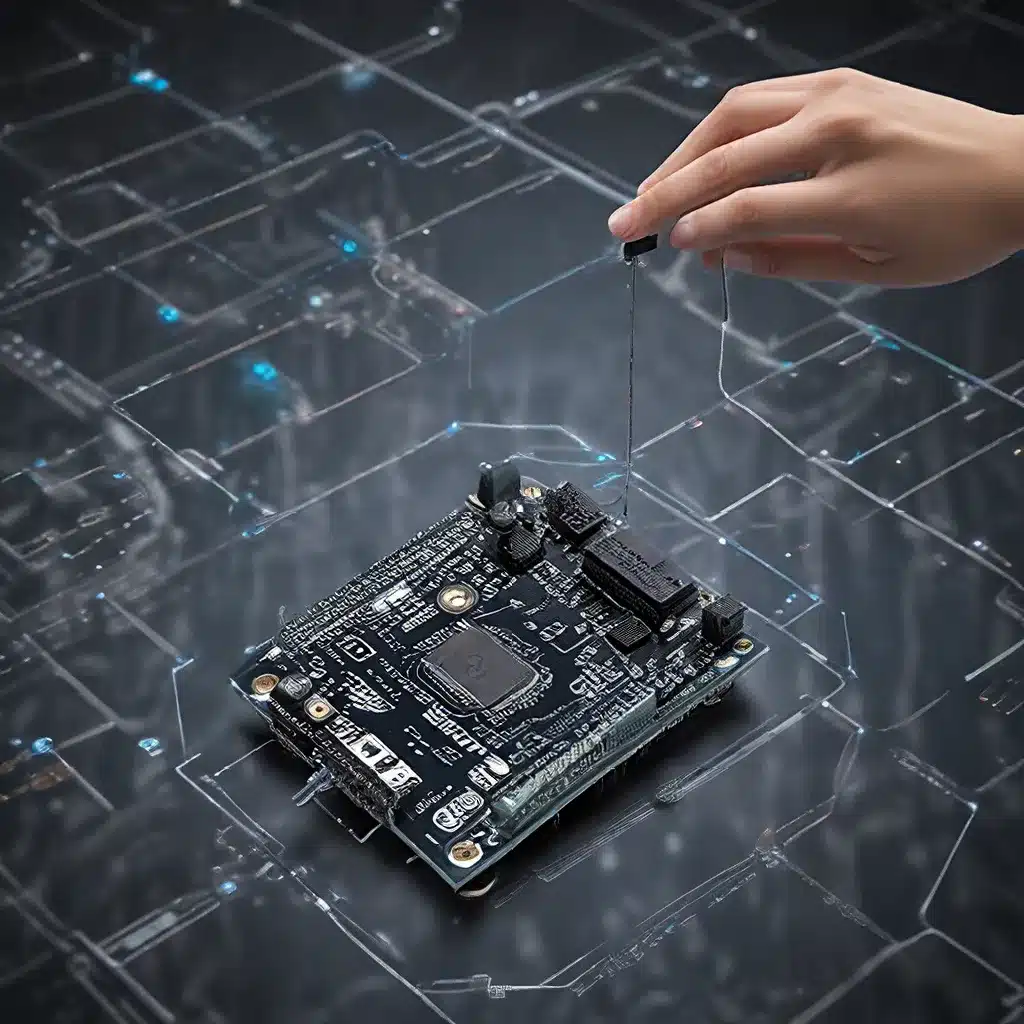
In the rapidly evolving landscape of the Internet of Things (IoT), the role of sensor networks has become increasingly critical. As IoT devices proliferate, the demand for accurate, reliable, and adaptable sensor data has grown exponentially. Adaptive sensor calibration has emerged as a transformative approach, enabling IoT applications to overcome the challenges posed by dynamic environments and evolving operational requirements.
The Need for Adaptive Sensor Calibration
Traditional sensor calibration methods often rely on static, predetermined settings that fail to account for the inherent variability and complexity of real-world IoT deployments. As sensors are exposed to fluctuating environmental conditions, changing application needs, or even hardware degradation over time, their accuracy and precision can diminish, leading to suboptimal decision-making and potentially costly operational issues.
Researchers have emphasized the importance of developing adaptive sensor calibration techniques to address these challenges. By leveraging advanced algorithms and intelligent control systems, adaptive sensor calibration empowers IoT applications to dynamically adjust their measurement parameters, ensuring that sensor data remains accurate, reliable, and responsive to changing conditions.
Principles of Adaptive Sensor Calibration
At the core of adaptive sensor calibration are three key principles:
-
Responsiveness: Sensors must be able to rapidly adapt their calibration settings to accommodate real-time changes in the environment, operational requirements, or sensor performance. This responsiveness ensures that the sensor data remains accurate and relevant, supporting informed decision-making.
-
Adaptability: Adaptive calibration algorithms must be capable of continuously learning from sensor data and adjusting their models to optimize measurement accuracy. This adaptability allows IoT systems to maintain optimal performance even as conditions evolve over time.
-
Autonomy: Ideally, the adaptive calibration process should be automated, reducing the need for manual intervention and enabling IoT systems to self-calibrate without human supervision. This autonomy enhances the scalability and efficiency of sensor networks, especially in large-scale deployments.
By incorporating these principles, adaptive sensor calibration empowers IoT applications to overcome the limitations of traditional, static calibration approaches.
Adaptive Calibration Techniques
Several advanced techniques have been developed to enable adaptive sensor calibration in IoT systems. These include:
-
Machine Learning-based Calibration: Leveraging machine learning (ML) algorithms, such as neural networks or Bayesian models, to continuously learn from sensor data and adapt calibration parameters accordingly. This approach allows sensors to self-calibrate in response to changing conditions.
-
Sensor Fusion and Hybrid Calibration: Combining data from multiple sensors, either of the same type or complementary sensors, to cross-validate measurements and improve overall calibration accuracy. This hybrid approach can compensate for individual sensor limitations and provide a more comprehensive understanding of the environment.
-
Predictive Calibration: Utilizing predictive models to anticipate future changes in sensor performance or environmental conditions, allowing the calibration process to proactively adjust settings before accuracy degradation occurs. This proactive approach enhances the resilience of IoT systems.
-
Distributed Calibration: Enabling sensors within a network to collaborate and share calibration data, effectively creating a distributed, self-calibrating system. This decentralized approach increases the scalability and fault-tolerance of sensor networks.
These adaptive calibration techniques have been successfully implemented in a wide range of IoT applications, from smart cities and industrial automation to environmental monitoring and healthcare.
Adaptive Sensor Calibration in IoT Applications
The benefits of adaptive sensor calibration are particularly evident in the context of dynamic IoT applications, where sensor data plays a crucial role in driving informed decision-making and actionable insights.
In smart cities, for example, adaptive calibration of environmental sensors can ensure accurate air quality monitoring, enabling timely responses to pollution events and informing urban planning decisions. Similarly, in industrial automation, adaptive sensor calibration can optimize product quality, equipment performance, and energy efficiency by continuously adjusting measurements to match evolving production requirements.
In the healthcare sector, adaptive calibration of medical sensors can improve the precision of diagnostic tools, leading to more accurate patient monitoring and personalized treatment plans. This is particularly crucial in remote patient monitoring or home-based care scenarios, where sensor data must remain reliable despite changing conditions or potential sensor degradation.
Across these diverse IoT applications, adaptive sensor calibration has demonstrated its ability to enhance the responsiveness, adaptability, and autonomy of sensor networks, ultimately empowering IoT systems to deliver more accurate, reliable, and actionable insights.
Challenges and Considerations
While the benefits of adaptive sensor calibration are well-established, there are several technical and operational challenges that must be addressed to ensure successful implementation:
-
Computational Complexity: The algorithms and models required for adaptive calibration can be computationally intensive, especially in large-scale IoT deployments. Balancing the tradeoff between calibration accuracy and resource requirements is a critical design consideration.
-
Data Integrity and Security: Ensuring the security and integrity of sensor data is paramount, as adaptive calibration algorithms rely on continuous data streams. Implementing robust data encryption, authentication, and anomaly detection mechanisms is crucial to safeguard against cyber threats.
-
Energy Efficiency: IoT sensors are often battery-powered or have limited energy resources, making energy-efficient adaptive calibration techniques a necessity. Optimizing the calibration process to minimize power consumption is essential for the longevity and sustainability of sensor networks.
-
Interoperability and Standardization: As IoT ecosystems continue to evolve, the need for interoperable and standardized adaptive calibration approaches becomes increasingly important. Developing common frameworks and protocols can facilitate the seamless integration of adaptive sensor networks across diverse applications and platforms.
By addressing these challenges and continuously advancing the state of the art in adaptive sensor calibration, the IoT community can unlock the full potential of dynamic, self-calibrating sensor networks, driving the next generation of intelligent, responsive, and adaptable IoT applications.
Sensor-Networks.org is dedicated to exploring the latest trends and innovations in sensor network technologies, including the evolution of adaptive sensor calibration. Stay tuned for more insightful articles and expert analysis on this transformative field.